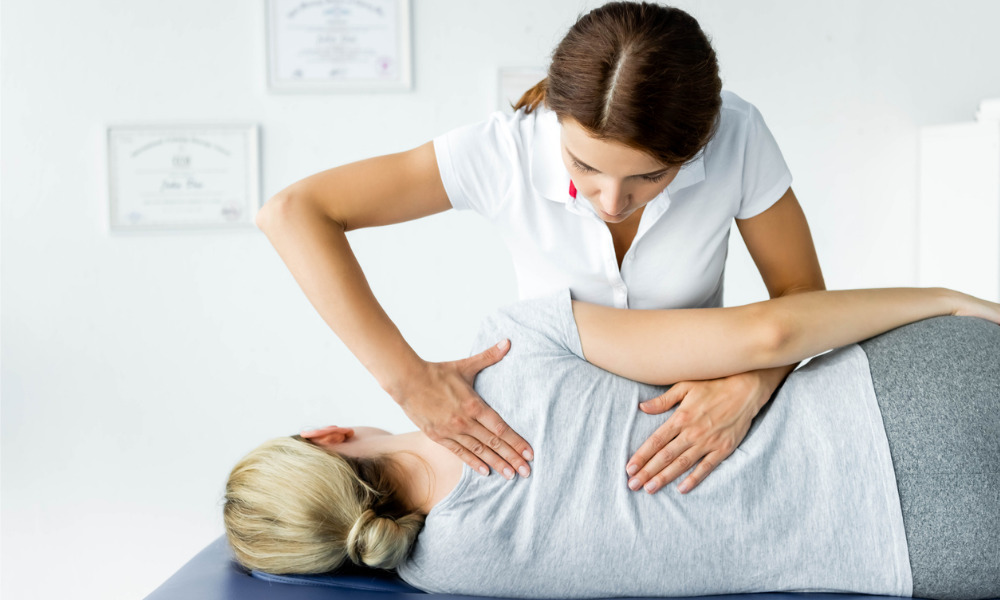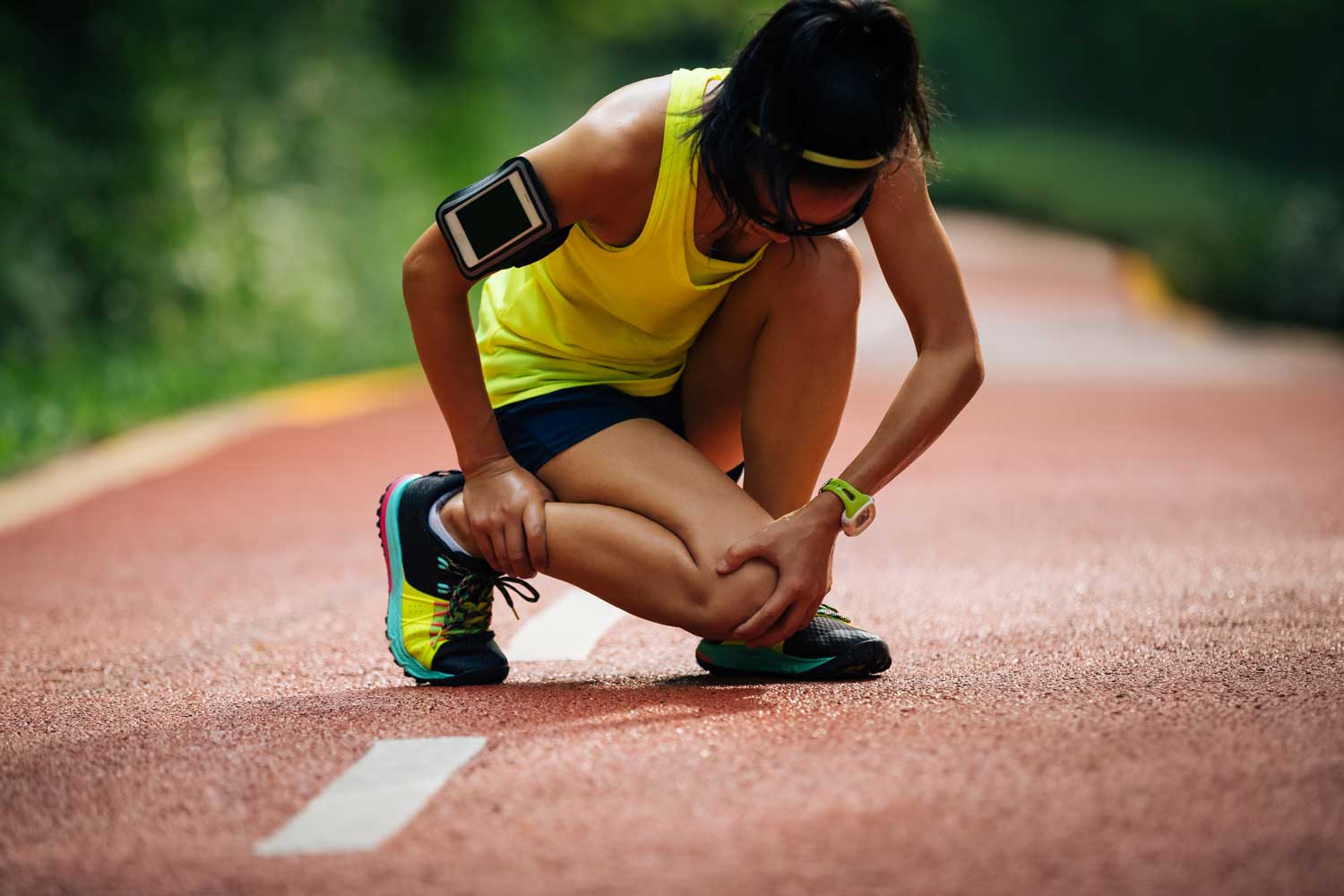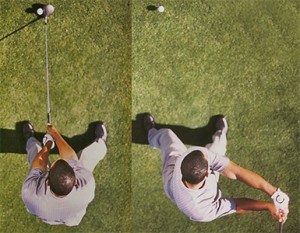Insights from the Clinical Team at Form & Function Markham
Sprint into Action this spring running season without being stopped by nagging injuries. At Form & Function Markham, we’re runners helping runners. Our clinical team—made up of experienced physiotherapists, chiropractors, naturopaths and massage therapists—has spent countless hours on the track and in the clinic, identifying the top 5 running injuries many of us face. We know that with the right warm-ups, pre-habilitation exercises, and a little bit of TLC before the season kicks off, these injuries can be prevented. Whether you’re a seasoned marathon runner or just beginning your journey, our insights are grounded in firsthand experience and a shared passion for running, ensuring you stay strong, healthy, and ready to hit the road.
1. Runner’s Knee (Patellofemoral Pain Syndrome)
What Is It?
Runner’s Knee, medically known as Patellofemoral Pain Syndrome (PFPS), is a familiar adversary for many runners. This condition causes dull, aching pain around or behind the kneecap—a problem that arises when repetitive stress, muscle imbalances, or poor biomechanics affect the natural movement of the knee cap over the knee.
Common Causes:
- Muscle Imbalances: Weak quadriceps, weaker lateral chain muscles and uneven muscle strength around the knee can lead to incorrect tracking of the kneecap.
- Poor Biomechanics: Misalignment and weakness at the hip, knee, or foot adds extra stress.
- Overtraining: Pushing too hard without allowing adequate recovery.
Prevention Tips:
- Strengthening: Focus on exercises that build the quadriceps and glutes.
- Warm-Up and Stretching: Ensure a proper warm-up before runs, incorporating dynamic stretches.
- Professional Assessment: Our Physiotherapist who specialise in running mechanics can evaluate your gait and muscle balance to tailor a preventative plan.
2. Shin Splints What Is It?
Shin splints are characterized by pain along the shinbone (tibia) and are common among runners, dancers, and athletes who push their limits. This condition often signals that your body needs a bit more attention—especially when training intensity increases.
Common Causes:
- Rapid Increase in Activity: Sudden mileage spikes without proper preparation.
- Improper Footwear: Worn-out or unsupportive shoes can compromise your form.
- Flat Feet or Overpronation: Improper foot mechanics can increase stress on your shins.
Prevention Tips:
- Gradual Training: Increase your activity by no more than 10% per week.
- Correct Footwear: Invest in proper shoes that offer ample support. Ensure you replace your shoes every 500km.
- Targeted Exercises: Strengthen the lower legs and feet. Including the tibialis anteror and posterior, calves and proper joint movement at the ankle.
Manual Interventions: Massage Therapy and Chiropractic adjustments can relieve muscle tension and improve joint function.
3. Iliotibial Band Syndrome (ITBS)
What Is It?
Iliotibial Band Syndrome is a familiar challenge for runners, causing sharp pain on the outer side of the knee and tightness around the side of the thigh and hip. ITBS results from the friction of the IT band—a thick band of fibrous tissue running along the outer thigh—against the knee, often due to underlying muscle imbalances and biomechanical issues.
Common Causes:
- Weak Glute medius: Insufficient activation and endurance in the gluteus medius and minimus can lead to ineffective stabilizers of the hip, which effects the overal function of the ITB and knees. It is also the functional precursor to Runners Knee.
- Overactive TFL: When the tensor fasciae latae (TFL) overcompensates, it tightens the IT band.
- Running Mechanics: Overpronation and poor core stability add extra strain.
- Poor Footwear: Incorrect shoes can exacerbate these imbalances.
Prevention Tips:
- Gait Analysis: The chiropodist or Physio can provide a comprehensive gait assessment to address these issues early.
- Strength Training: Exercises like clamshells and lateral band walks strengthen the glutes.
- Core Stability Work: Incorporate planks and deadbugs into your routine.
- Flexibility Routines: Stretch and use foam rolling to relieve muscle tightness.
4. Achilles Tendinitis / Tendinopathy
What Is It?
Achilles tendinitis or tendinopathy affects the large tendon connecting your calf muscles to your heel. This injury, common among runners who increase their intensity too quickly, often starts with stiffness and progresses into a more persistent pain if not addressed.
Common Causes:
- Tight Calves: Tightness in the gastrocnemius and soleus muscles increases the strain on the Achilles tendon.
- Overtraining: Rapid increases in running intensity or mileage can overload the tendon.
- Poor Footwear: Unsupportive shoes further compromise tendon health.
- Biomechanical Issues: Flat feet or high arches can influence how forces are distributed in the lower leg.
Prevention Tips:
- Consistent Stretching: Regular calf stretches help maintain flexibility.
- Strengthening Exercises: Target both calf muscles and the surrounding areas.
- Smart Training: Gradually build intensity and volume to allow tendons to adapt.
Early Intervention: Massage Therapy, along with manual therapy at Form & Function Markham, can be invaluable in easing early symptoms before they escalate.
5. Stress Fractures
What Is It?
Stress fractures are tiny cracks in the bone, typically resulting from repeated impact rather than a single traumatic incident. They most commonly appear in weight-bearing bones like the tibia, metatarsals, or pelvis. While often subtle at first, the pain from stress fractures can become more pronounced with continued activity.
Common Causes:
- Repetitive Impact: Constant pounding on hard surfaces without adequate recovery.
- Training Errors: Sudden increases in mileage or intensity can overwhelm your bone’s natural ability to adapt.
- Nutritional Factors: Low calcium or vitamin D levels can predispose you to bone weakness.
- Biomechanical Flaws: Poor running technique or supportive footwear can lead to uneven load distribution.
Prevention Tips:
- Gradual Load Increase: Stick to a controlled progression in training intensity.
- Balanced Nutrition: Ensure a diet rich in bone-supporting nutrients.
- Corrective Exercises: Strengthen the muscles around the affected areas.
Professional Guidance: Regular assessments by a Chiropractor or Physiotherapist at Form & Function Markham can catch early signs before they develop into stress fractures.
How We Can Help at Form & Function Markham
Our integrated approach is designed to keep you at the top of your game. From your Physiotherapy Initial Assessment—a 1-hour session that includes a thorough neuromuscular and biomechanical evaluation—to follow-up treatments, our mission is to help you prevent injuries before they sideline you.
What to Expect:
- Expert Assessments: Identify muscle imbalances, posture issues, and biomechanical faults.
- Individualized Treatment Plans: Combining manual therapy, corrective exercises, and cutting-edge modalities like electro-acupuncture.
- Whole-Body Focus: Our team, including specialists in Massage Therapy and Chiropractic care, works together to address both symptoms and root causes.
Personalized Guidance: We create treatment plans that fit your lifestyle, helping you train smarter and recover faster.
Don’t Let Injuries Hold You Back
Our clinical team at Form & Function Markham is passionate about helping runners achieve their best performance. We understand that every runner’s journey is unique, and our experts are here to provide personalized care that encompasses Physiotherapy, Massage Therapy, and Chiropractic adjustments—all tailored to prevent the injuries we see most often.
Ready to Run Without Limits?
If you need some help, book with one of our physiotherapists today and take that first step towards a more active, pain-free lifestyle.
This tailored approach ensures you have the best preventative care and expert guidance every step of the way. Let’s work together to keep your running strong and injury-free this season!





